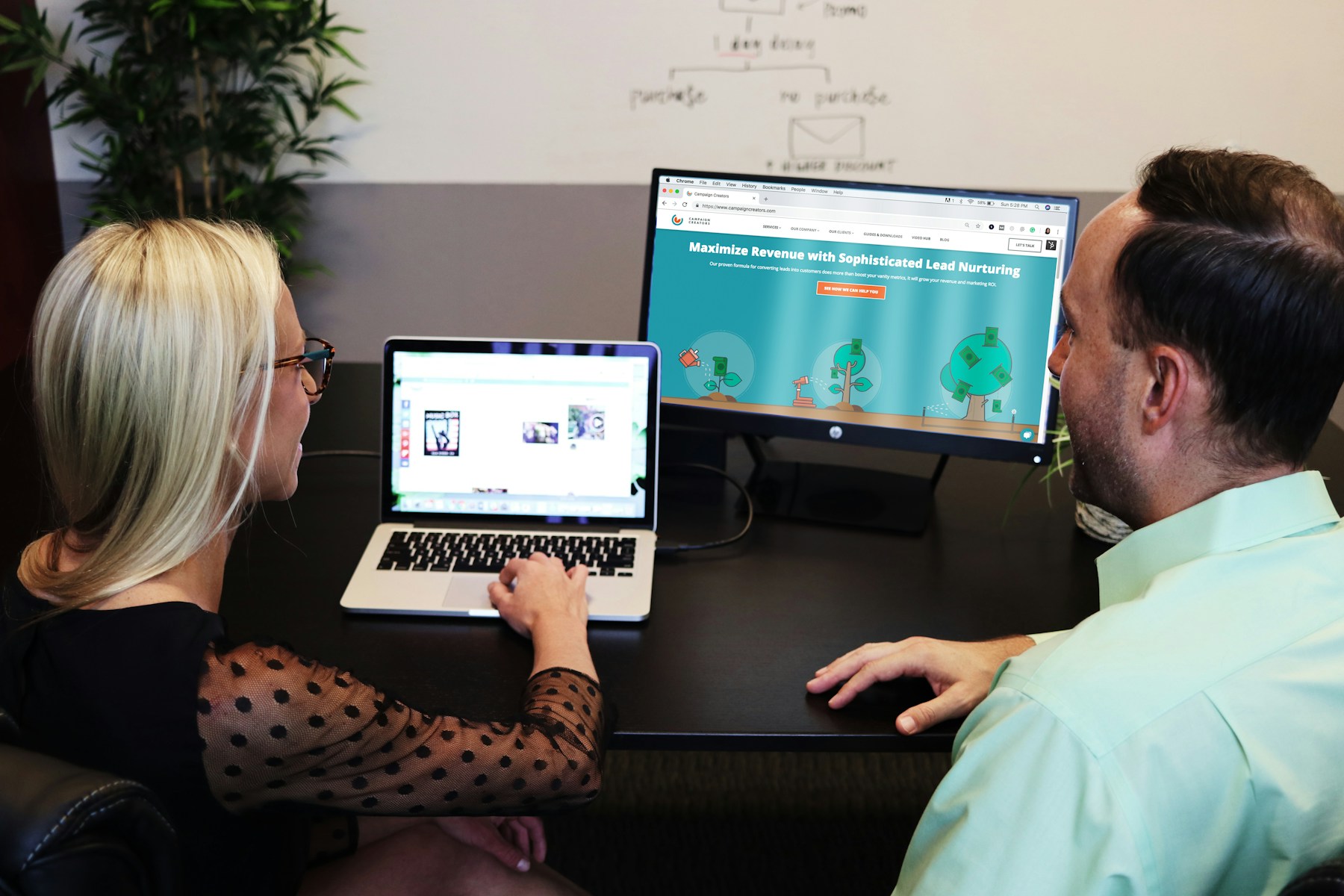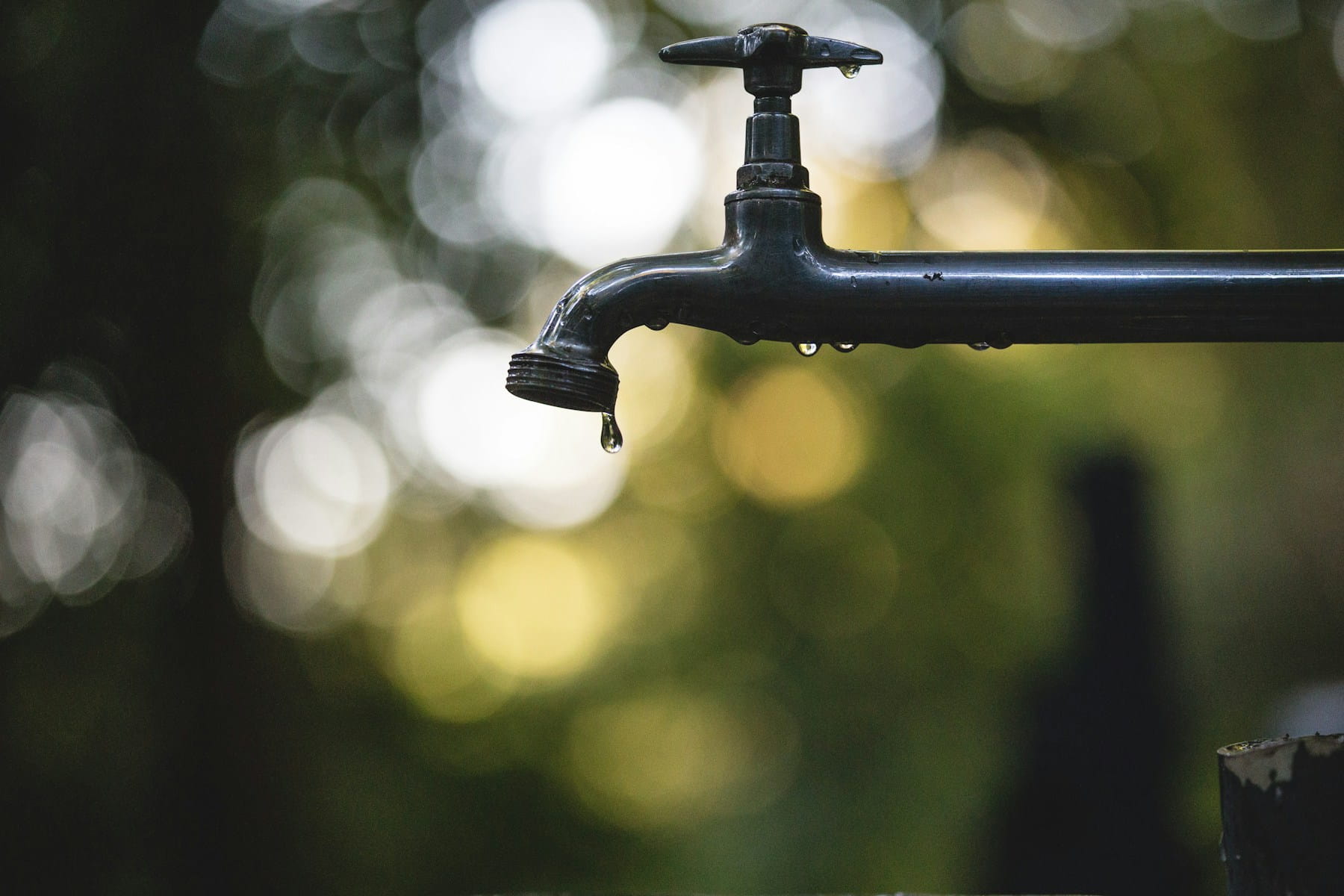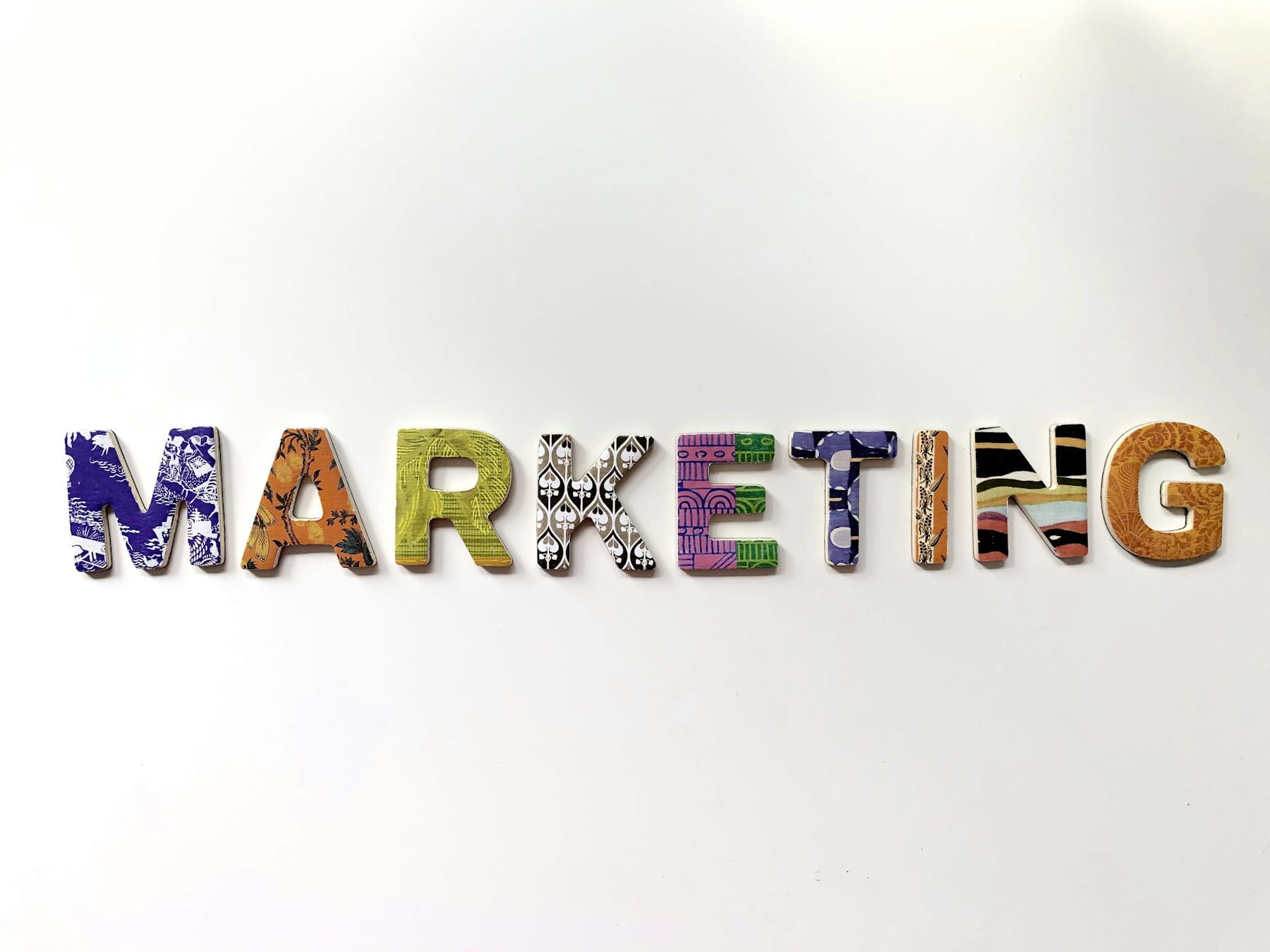Email Funnels: Complete Guide to Building High-Converting Customer Journeys
Email funnels form the foundation of successful digital marketing strategies for modern businesses.
Despite the proliferation of social media platforms and instant messaging applications, email marketing continues to deliver exceptional ROI and engagement rates. At the core of this effectiveness lies the email funnel—a sophisticated system designed to guide subscribers through their customer journey, transforming initial interest into lasting customer relationships.
Building an effective email funnel that consistently converts prospects requires both strategic thinking and technical execution. This comprehensive guide will walk you through the essential components of email marketing funnels and provide actionable strategies for optimization and growth.
Table of contents
- Understanding email funnels
- The five stages of email marketing funnels
- Building your email marketing funnel
- Email funnel best practices and optimization
- Advanced funnel strategies
- Measuring funnel performance
- Implementing funnels with SelfMailKit
Understanding email funnels
An email funnel represents a structured sequence of automated emails designed to guide potential customers through distinct stages of their purchasing journey. Unlike random email broadcasts, funnels provide a systematic approach to nurturing relationships and driving conversions through carefully orchestrated touchpoints.
The customer journey typically begins when someone subscribes to your email list and progresses through various engagement stages until they complete a desired action—whether that's making a purchase, signing up for a service, or becoming a brand advocate.
The primary objective of email funnels extends beyond immediate sales. These sequences aim to move subscribers through different phases of customer development: from initial awareness to active consideration, then to purchase decision-making, and finally to long-term retention and advocacy.
Essential elements of successful email funnels
Effective email funnels incorporate three critical components that determine their success:
Value-driven content delivery
Sustaining subscriber engagement requires consistently providing relevant, valuable content that addresses their specific needs and interests. Audiences remain engaged when they consistently derive benefit from your communications. This approach builds trust, establishes credibility, and makes subscribers appreciate their place on your email list.
Strategic value delivery often includes offering compelling lead magnets—valuable resources provided in exchange for email addresses. Remember that your content should educate and assist rather than constantly promote products or services. For comprehensive guidance on building subscriber relationships, see our newsletter best practices guide.
Authority and credibility establishment
For prospects to consider doing business with your organization, they must perceive you as a knowledgeable authority in your field. Human psychology naturally gravitates toward following those we consider expert and trustworthy. Your email funnel must consistently demonstrate this expertise.
Share concrete evidence of your knowledge through social proof, success stories, case studies, and demonstrable results. Show subscribers that you understand their challenges and possess the expertise to solve their problems effectively.
Relevant and timely offers
Converting subscribers into customers requires presenting appropriate offers at optimal moments. Your products or services must align with subscriber needs and funnel positioning.
Ensure that your offers integrate naturally with your email sequences and address the specific pain points you've been discussing. Well-timed, relevant offers can significantly increase conversion rates and drive meaningful revenue growth.
The five stages of email marketing funnels
Successful email marketing funnels guide audiences through five distinct stages, each serving specific purposes in the customer development process. Understanding these stages helps you create targeted content and strategic touchpoints that maximize engagement and conversion potential.
1. Awareness: Creating memorable first impressions
The awareness stage represents the initial touchpoint where potential customers discover your brand and begin understanding your value proposition. This critical phase sets the foundation for all subsequent interactions and requires exceptional execution to ensure lasting impact.
Primary objectives:
- Establish strong brand recognition and recall
- Educate audiences about your offerings and expertise
- Expand your email subscriber base with qualified prospects
Strategic approaches for awareness optimization:
Building effective brand awareness requires multi-channel coordination and consistent messaging. Invest in targeted awareness campaigns that differentiate your business in crowded digital environments.
Maintain top-of-mind awareness through strategic list building and audience development. Focus on collecting emails from genuinely interested prospects rather than pursuing vanity metrics.
Implement retargeting campaigns to re-engage website visitors who showed initial interest but haven't yet converted. Leverage social media platforms where your target audience actively participates to extend your reach beyond email channels.
Awareness stage example analysis:
Effective awareness emails establish authority while encouraging further exploration. The most successful approaches highlight unique value propositions and competitive advantages without overwhelming recipients with detailed product information.
These emails typically feature clear calls-to-action that guide readers toward additional brand exploration while collecting valuable behavioral data for subsequent targeting and personalization efforts.
2. Consideration: Differentiating from competitors
During the consideration stage, prospects actively evaluate different options and compare potential solutions to their challenges. Your email campaigns must convince them that your offering provides superior value compared to available alternatives.
Primary objectives:
- Nurture qualified leads through educational content
- Demonstrate unique value propositions and competitive advantages
- Build trust through transparent communication and social proof
Consideration stage strategies:
Position your solution as the optimal choice by highlighting key benefits and differentiating factors that set you apart from competitors. Provide comprehensive information that helps prospects make informed decisions while subtly guiding them toward your preferred outcome.
Share detailed customer testimonials, case studies, and success stories that demonstrate real-world applications and results. These elements build credibility and help prospects visualize their own potential success with your solution. Learn more about leveraging social proof in our best email subject lines guide, which covers psychological triggers that increase engagement.
Focus on addressing common objections and concerns that typically arise during the evaluation process. Proactive problem-solving demonstrates understanding and builds confidence in your ability to deliver results.
Consideration email example:
The most effective consideration emails feature authentic customer testimonials that highlight specific benefits and outcomes. These social proof elements provide compelling reasons for prospects to choose your solution over alternatives.
Successful examples integrate testimonials naturally within educational content, showing rather than telling prospects about your value proposition and competitive advantages.
3. Conversion: Facilitating purchase decisions
The conversion stage represents the critical moment where prospects transition from consideration to action. This phase requires careful orchestration to eliminate barriers and create compelling incentives for immediate decision-making.
Primary objectives:
- Transform qualified leads into paying customers
- Increase overall sales revenue and conversion rates
- Track and optimize conversion funnel performance
Conversion optimization strategies:
Create exclusive limited-time offers specifically for email subscribers to encourage immediate action and reward their engagement with your brand. These offers should provide genuine value while maintaining appropriate profit margins. Understanding email deliverability becomes crucial here, as promotional emails often face higher filtering challenges.
Emphasize urgency and scarcity through strategic messaging that encourages prompt decision-making without resorting to manipulative tactics. Authentic urgency based on real constraints performs better than artificial scarcity.
Ensure your emails include clear, compelling calls-to-action that remove friction from the purchasing process. Every element should guide subscribers toward the desired conversion outcome.
Conversion email effectiveness:
High-performing conversion emails combine urgency with exclusivity to drive immediate action. The most successful approaches highlight limited availability or time-sensitive benefits that encourage prompt decision-making.
These emails typically feature prominent calls-to-action, clear value propositions, and streamlined paths to purchase that minimize potential obstacles or decision fatigue.
4. Retention: Maintaining customer engagement
Post-purchase engagement becomes critical for long-term business success and customer lifetime value optimization. The retention stage focuses on keeping customers engaged and encouraging repeat business through ongoing value delivery.
Primary objectives:
- Reduce customer churn and increase retention rates
- Maximize customer lifetime value through repeat purchases
- Re-engage inactive subscribers and win back lapsed customers
Retention strategy implementation:
Send strategic follow-up communications that provide additional value and maintain brand visibility without overwhelming customers with promotional content. Focus on education, tips, and resources that enhance their experience with your product or service. Transactional email design best practices can help optimize these crucial post-purchase touchpoints.
Develop sophisticated upselling and cross-selling campaigns based on purchase history and customer behavior patterns. Recommend complementary products that genuinely enhance their initial purchase experience.
Provide personalized product recommendations and exclusive customer-only offers that demonstrate appreciation for their business and encourage continued engagement with your brand.
Retention email examples:
Successful retention emails often feature cross-selling opportunities that complement existing purchases while providing additional value to customers. These communications focus on enhancing the customer experience rather than purely driving additional revenue.
Effective examples include member-exclusive perks, early access to new products, and personalized recommendations based on purchase history and stated preferences.
5. Loyalty and advocacy: Creating brand champions
The final funnel stage transforms satisfied customers into active brand advocates who generate referrals and provide authentic testimonials. This phase requires ongoing investment but produces the highest-value customers and most cost-effective acquisition channels.
Primary objectives:
- Enhance overall customer experience and satisfaction
- Encourage repeat purchases and long-term commitment
- Develop authentic brand advocates and referral sources
Loyalty development strategies:
Design comprehensive loyalty programs that reward repeat purchases, engagement, and long-term relationships. These programs should provide meaningful benefits that encourage continued participation and brand affinity.
Collect and showcase customer reviews, testimonials, and success stories that build credibility with prospects while making existing customers feel valued and recognized for their loyalty.
Create community engagement opportunities through social media, exclusive events, and customer advisory programs that strengthen emotional connections with your brand.
Loyalty email implementation:
The most effective loyalty emails express genuine appreciation for customer relationships while providing tangible rewards for continued engagement. These communications should feel personal and authentic rather than purely transactional.
Successful loyalty programs combine financial incentives with emotional recognition, creating deeper connections that transcend simple discount offerings.
Building your email marketing funnel
Creating an effective email marketing funnel requires systematic planning and strategic execution across multiple components. Success depends on understanding your audience, mapping their journey, and implementing the right technology and processes to deliver consistent results.
Define clear objectives and success metrics
Begin by establishing specific, measurable goals for your email funnel. Are you primarily focused on generating sales, increasing engagement, or growing your subscriber base? Clear objectives shape every strategic decision and help measure success accurately.
Well-defined goals enable you to optimize funnel performance systematically and make data-driven improvements over time. Without clear targets, it becomes impossible to determine which elements are working effectively and which require optimization.
Map the customer journey comprehensively
Develop detailed customer journey maps that visualize every step prospects take from initial brand awareness through conversion and beyond. This mapping process answers critical questions about who your customers are, where they interact with your brand, when they make decisions, and how they prefer to engage.
Journey mapping essentials:
Identify all touchpoints where customers interact with your brand, including your website, social media channels, customer service interactions, and offline experiences.
Understand customer needs at each stage of their journey and identify opportunities to provide value, address concerns, and remove friction from their experience.
Create visual representations of the entire customer journey that highlight key decision points, potential obstacles, and optimization opportunities for your email marketing strategy.
Implement audience segmentation strategies
Effective segmentation recognizes that different subscribers have varying needs, preferences, and behaviors. Develop email segmentation strategies based on demographics, behavior patterns, purchase history, and engagement levels to deliver more personalized and relevant content.
Segmented campaigns consistently outperform generic broadcasts because they address specific audience needs and interests. This targeted approach increases engagement rates, reduces unsubscribe rates, and improves overall funnel performance.
Design effective opt-in mechanisms
Create compelling opt-in forms and lead magnets that encourage subscription while setting appropriate expectations for your email content. Your opt-in process should clearly communicate the value subscribers will receive and how frequently they can expect to hear from you.
Strategic placement of opt-in forms across your website, landing pages, and other digital properties maximizes subscription opportunities without creating intrusive user experiences. Consider using exit-intent popups, content upgrades, and strategic inline forms to capture interested prospects.
Select appropriate email marketing technology
Choose email marketing software that supports automation, segmentation, personalization, and comprehensive analytics. Look for platforms that offer drag-and-drop editors, A/B testing capabilities, and integration with your existing marketing and sales tools.
The right technology foundation enables sophisticated funnel management while simplifying daily operations and optimization efforts. Consider factors like deliverability rates, customer support quality, and scalability when making your selection.
Create compelling lead magnets
Develop valuable resources that solve specific problems for your target audience while showcasing your expertise and approach. Effective lead magnets might include comprehensive guides, exclusive templates, free trials, or educational webinars that provide immediate value.
Your lead magnet should align closely with your core offerings while being valuable enough to justify sharing contact information. The best lead magnets solve real problems and create positive first impressions that set the stage for successful nurturing campaigns.
Build optimized landing pages
Design dedicated landing pages that focus exclusively on converting visitors into subscribers. These pages should eliminate distractions, clearly communicate value propositions, and feature prominent calls-to-action that guide visitors toward subscription.
Effective landing pages include compelling headlines, benefit-focused copy, social proof elements, and streamlined forms that minimize friction while maximizing conversion potential.
Develop welcome email sequences
Create exceptional first impressions through thoughtfully crafted welcome email series that introduce your brand, set expectations, and begin delivering promised value immediately. Welcome emails enjoy the highest open rates of any email type, making them critical for funnel success.
Use welcome sequences to share your brand story, highlight key resources, and guide new subscribers toward their first conversion opportunity. These emails should feel personal and valuable rather than purely promotional.
Implement drip marketing campaigns
Design automated email sequences that deliver relevant content at strategic intervals throughout the customer journey. Drip campaigns maintain engagement during longer sales cycles while providing consistent value that builds trust and authority.
Drip campaign optimization:
Plan content strategically by outlining email topics, timing, and objectives for each message in your sequence. Consider how each email builds upon previous communications and advances subscribers toward conversion.
Automate delivery using your email marketing platform to ensure consistent, timely delivery regardless of when subscribers join your list or take specific actions.
Monitor and adjust performance by tracking open rates, click-through rates, and conversion metrics, then refining your sequences based on subscriber behavior and feedback.
Focus on customer retention strategies
Develop post-purchase email campaigns that maintain engagement, provide additional value, and encourage repeat business. Customer retention costs significantly less than acquisition while generating higher lifetime value and referral opportunities.
Send strategic follow-up communications that help customers maximize their purchase value, provide helpful tips and resources, and introduce complementary products or services that enhance their experience.
Track performance analytics comprehensively
Monitor key email marketing metrics including open rates, click-through rates, conversion rates, and unsubscribe rates to understand funnel performance and identify optimization opportunities. Use these insights to refine your approach and improve results systematically.
Regular performance analysis helps you understand which elements of your funnel work effectively and which require attention. This data-driven approach enables continuous improvement and better resource allocation across your email marketing efforts.
Email funnel best practices and optimization
Maximizing email funnel effectiveness requires implementing proven best practices while continuously testing and optimizing performance. These strategies help you achieve better results while building stronger customer relationships and improving long-term business outcomes.
Automate email sequences strategically
Marketing automation serves as the foundation for scalable email funnel success. Automated sequences ensure that every subscriber receives timely, relevant content based on their actions and engagement patterns, creating personalized experiences without manual intervention.
Advanced automation platforms enable sophisticated trigger-based campaigns that respond to specific behaviors, purchase patterns, and engagement levels. This approach delivers the right message at optimal moments while freeing your team to focus on strategy and optimization rather than manual email management.
Maintain clean, engaged email lists
Prioritize list quality over quantity by regularly removing inactive subscribers, invalid email addresses, and unengaged contacts. A smaller, highly engaged list consistently outperforms larger, less active audiences in terms of deliverability, engagement rates, and conversion performance.
Regular list cleaning improves your sender reputation, reduces costs, and provides more accurate performance metrics. Implement re-engagement campaigns to win back inactive subscribers before removing them from your list permanently. For detailed guidance on maintaining inbox placement, review our guide on how to prevent emails from going to junk.
Consider segmenting inactive subscribers rather than deleting them immediately. This approach allows for targeted re-engagement attempts while preventing accidental re-import of unengaged contacts.
Troubleshoot performance systematically
When funnel performance falls below expectations, conduct systematic analysis to identify root causes and implement targeted solutions. Avoid making multiple changes simultaneously, as this makes it difficult to determine which modifications drive improvement.
Analyze key performance indicators including open rates, click-through rates, and conversion rates to pinpoint specific areas requiring attention. Use A/B testing to evaluate different subject lines, content approaches, calls-to-action, and sending schedules.
Track subscriber behavior throughout your funnel to identify potential leak points where prospects disengage or conversion rates decline. Address these issues systematically to improve overall funnel performance.
Optimize email timing and frequency
Experiment with different sending schedules to identify optimal timing for your specific audience and industry. The best time to send marketing emails varies significantly based on audience demographics, geographic location, and behavioral patterns.
Test various sending frequencies to find the balance between maintaining engagement and avoiding audience fatigue. Monitor unsubscribe rates and engagement metrics to ensure your frequency aligns with subscriber preferences.
Consider time zone optimization for geographically distributed audiences, ensuring that emails arrive during optimal engagement windows regardless of subscriber location.
Personalize beyond basic demographics
Implement sophisticated personalization that goes beyond inserting subscriber names into email subject lines. Use behavioral data, purchase history, and engagement patterns to create truly customized experiences that resonate with individual subscribers.
Dynamic content blocks allow you to display different information based on subscriber segments, interests, or past interactions. This approach creates more relevant experiences while maintaining operational efficiency.
Leverage automation rules to customize email frequency, content types, and offers based on subscriber preferences and engagement levels. This adaptive approach improves satisfaction while optimizing conversion opportunities.
Optimize for mobile experiences
With over half of emails opened on mobile devices, mobile optimization has become essential rather than optional. Ensure your emails render correctly across different screen sizes and email clients while maintaining readability and functionality.
Design responsive email templates that adapt to various screen sizes without losing visual appeal or functionality. Use larger fonts, touch-friendly buttons, and simplified layouts that work effectively on mobile devices. Consider implementing email browser view features to provide alternative viewing options for complex designs.
Test your emails across multiple devices and email clients to ensure consistent performance and appearance. Pay particular attention to loading times and image optimization for mobile connections.
Advanced funnel strategies
Sophisticated email funnel implementation requires advanced techniques that go beyond basic automation and personalization. These strategies help you create more effective campaigns while maximizing the value of your email marketing investments.
Behavioral trigger implementation
Develop advanced automation rules based on specific subscriber behaviors and engagement patterns. Behavioral triggers allow you to respond immediately to actions like website visits, content downloads, purchase activities, or email engagement levels.
These sophisticated triggers enable highly relevant, timely communications that feel natural and helpful rather than pushy or sales-focused. Examples include sending product recommendations based on browsing history or re-engagement campaigns triggered by declining email interaction.
Multi-channel funnel integration
Coordinate your email funnels with other marketing channels including social media, content marketing, paid advertising, and direct sales efforts. This integrated approach creates cohesive customer experiences while maximizing the impact of each individual channel.
Use email to amplify content marketing efforts, nurture leads generated through paid advertising, and support social media engagement goals. Cross-channel coordination creates multiple touchpoints that reinforce your messaging and increase conversion probability.
Advanced segmentation strategies
Implement sophisticated segmentation that combines multiple data points including demographics, behavior, purchase history, engagement levels, and customer lifecycle stage. These complex segments enable highly targeted campaigns that address specific subscriber needs and interests.
Dynamic segmentation automatically adjusts subscriber categories based on changing behaviors and characteristics, ensuring that your targeting remains accurate and relevant over time.
Predictive analytics integration
Leverage predictive analytics to identify subscribers most likely to convert, churn, or engage with specific types of content. This data enables proactive campaign optimization and resource allocation that improves overall funnel performance.
Use predictive insights to customize email frequency, content types, and offer timing for individual subscribers based on their likelihood to respond positively to different approaches.
Customer lifetime value optimization
Design funnel strategies that maximize customer lifetime value rather than focusing exclusively on initial conversion. This approach includes sophisticated retention campaigns, strategic upselling and cross-selling, and loyalty program integration.
Track and optimize metrics like average order value, purchase frequency, and customer retention rates to ensure your funnels generate sustainable long-term value rather than just immediate sales.
Measuring funnel performance
Comprehensive performance measurement enables data-driven optimization and strategic decision-making. Understanding which metrics matter most and how to interpret them correctly helps you improve funnel effectiveness while maximizing return on investment.
Key performance indicators
Track essential email marketing metrics that directly relate to your business objectives and funnel goals. Focus on metrics that provide actionable insights rather than vanity metrics that look impressive but don't drive meaningful improvements.
Open rates indicate subject line effectiveness and overall audience engagement levels. While important, open rates should be considered alongside other metrics for complete performance understanding.
Click-through rates measure content relevance and call-to-action effectiveness. Higher click-through rates typically indicate better audience targeting and more compelling content.
Conversion rates represent the ultimate measure of funnel success, showing how effectively your emails drive desired actions like purchases, sign-ups, or other goal completions.
List growth rates help you understand audience development trends and the effectiveness of your lead generation efforts.
Unsubscribe rates provide insights into content relevance and email frequency optimization opportunities.
Advanced analytics implementation
Implement sophisticated tracking that goes beyond basic email metrics to include website behavior, purchase patterns, and customer lifetime value. This comprehensive approach provides deeper insights into funnel effectiveness and optimization opportunities.
Use UTM parameters and conversion tracking to attribute website activity and sales to specific email campaigns and sequences. This data helps you understand which elements of your funnel generate the most valuable results.
Track subscriber progression through different funnel stages to identify bottlenecks, optimization opportunities, and successful conversion paths that can be replicated across other campaigns.
A/B testing strategies
Develop systematic testing programs that evaluate different elements of your email funnels including subject lines, content formats, calls-to-action, sending times, and automation sequences.
Test single variables at a time to isolate the impact of specific changes and generate reliable insights for future optimization. Ensure your tests reach statistical significance before implementing changes broadly. Our comprehensive email A/B testing guide provides detailed methodologies for systematic testing approaches.
Document testing results and insights to build institutional knowledge about what works best for your audience and industry. This information becomes increasingly valuable as you develop more sophisticated campaigns.
ROI calculation and optimization
Calculate accurate return on investment for your email marketing efforts by tracking revenue attribution, cost per acquisition, and customer lifetime value. This financial analysis helps justify email marketing investments and guide resource allocation decisions.
Compare email marketing ROI to other marketing channels to ensure optimal budget allocation and identify opportunities for channel integration and optimization.
Use ROI data to make informed decisions about email marketing technology, content creation resources, and campaign complexity levels that balance cost with performance.
Implementing funnels with SelfMailKit
SelfMailKit provides comprehensive infrastructure and tools for implementing sophisticated email funnels while maintaining the flexibility and control that modern businesses require. Our platform supports advanced automation, personalization, and analytics capabilities that enable superior funnel performance.
Advanced automation capabilities
SelfMailKit's automation engine supports complex, behavior-driven sequences that respond intelligently to subscriber actions and engagement patterns. Create sophisticated trigger-based campaigns that deliver the right message at optimal moments without manual intervention.
Our platform includes visual workflow builders that make it easy to design and manage complex automation sequences while providing the technical flexibility to implement custom logic and integrations as needed.
Dynamic content capabilities enable personalized experiences that adapt based on subscriber characteristics, behavior patterns, and engagement history, creating more relevant and effective communications.
Comprehensive segmentation tools
Implement advanced segmentation strategies using multiple data points including demographics, behavior, purchase history, and engagement patterns. SelfMailKit's segmentation engine updates automatically based on changing subscriber characteristics and actions.
Custom field support allows you to track and segment based on any data points relevant to your business, while our API integrations enable real-time synchronization with your existing customer data systems.
Deliverability optimization
SelfMailKit prioritizes email deliverability through dedicated IP addresses, advanced authentication protocols, and proactive reputation management. Our infrastructure ensures your carefully crafted funnels reach subscriber inboxes consistently.
Comprehensive deliverability monitoring and reporting help you identify and address potential issues before they impact your funnel performance. Our team provides expert guidance on maintaining high deliverability rates across different email providers.
Analytics and optimization
Track detailed funnel performance through comprehensive analytics that go beyond basic email metrics to include subscriber journey mapping, conversion attribution, and customer lifetime value analysis.
Advanced reporting capabilities enable you to identify optimization opportunities, track ROI accurately, and make data-driven decisions about funnel improvements and resource allocation.
Integration with popular analytics platforms provides holistic views of customer behavior across all touchpoints, enabling more sophisticated attribution and optimization strategies.
Scalability and reliability
SelfMailKit's infrastructure scales automatically to handle growing email volumes without performance degradation, ensuring your funnels continue operating effectively as your business expands.
Redundant systems and automatic failover capabilities provide maximum uptime and reliability for your critical email communications. Our monitoring systems detect and resolve issues proactively to minimize any potential disruptions.
Expert support and guidance
Access email marketing expertise through our comprehensive documentation, best practice guides, and direct support channels. Our team understands the complexities of modern email marketing and provides practical guidance for optimizing funnel performance.
Regular webinars, case studies, and educational content help you stay current with email marketing trends and optimization techniques that can improve your funnel effectiveness.
Build high-performing email funnels
Email funnels represent one of the most powerful tools for building sustainable customer relationships and driving consistent business growth. Success requires strategic planning, systematic execution, and ongoing optimization based on performance data and subscriber feedback.
The strategies outlined in this guide provide a comprehensive framework for developing email funnels that deliver exceptional results while building authentic relationships with your audience. Remember that effective funnels balance business objectives with genuine value delivery to subscribers.
Whether you're implementing your first email funnel or optimizing existing campaigns, focus on understanding your audience deeply, providing consistent value, and measuring performance systematically. These fundamentals remain constant regardless of industry, business model, or technical complexity.
SelfMailKit provides the infrastructure, tools, and expertise needed to implement sophisticated email funnels that scale with your business growth. From basic automation to advanced behavioral targeting and analytics, our platform supports the full spectrum of email marketing requirements while maintaining the flexibility to adapt to your unique needs.
The future of email marketing belongs to businesses that combine strategic thinking with technical excellence. Start building your high-performing email funnels today and transform the way you engage with customers throughout their entire journey with your brand.





